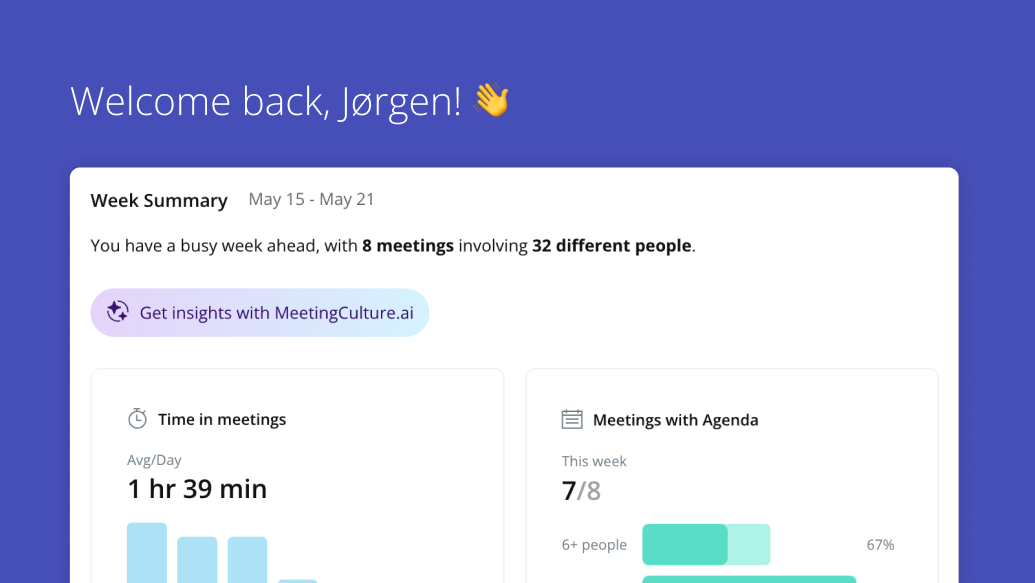5 secrets every great executive admin knows about managing meetings
Meetings have a tremendous capacity for time savings and productivity gains. Here are five tips to drive greater efficiency in meeting coordination.
Successful executive assistants play a critical role in operational efficiency. Think about this calculation in the article The Case for Executive Assistants, published by a Harvard Business Review:
Consider a senior executive whose total compensation package is $1 million annually and works with an assistant who earns $80,000. For the organization to break even, the assistant must make the executive 8% more productive than they would be working solo—for instance, the assistant needs to save the executive roughly five hours in a 60-hour workweek. In reality, good assistants save their bosses much more than that.
According to a study by Bower Talent, 91% of assistants said their daily tasks involve calendar management and 81% responded that events and meetings were part of their responsibilities.
Meetings are one area where there is tremendous capacity for time savings and productivity gains. Here are five tips to drive greater efficiency in meeting coordination.
1. Create a standardized agenda
Recent studies suggest that 63 percent of meetings do not have an agenda and more than 30% of respondents told Gartner that the lack of agenda is one of the top reasons meetings are unsuccessful. Agendas give meetings a foundation. Creating a standardized template for the executive meetings you support will help attendees prepare for the meeting and stay on time. Further, a common agenda format helps ensure all meetings are run with similar rigor.
2. Stop collecting attachments
Coordinating meeting documents is time-consuming – from collecting them from presenters to managing version control when they are updated and reshared. Stop collecting attachments. Instead, use a meeting management technology that allows you to create online agendas where presenters can add their own attachments, or ask presenters to send you SharePoint or OneDrive links to their materials that you can include directly in the agenda. This ensures meeting attendees are always viewing the latest version.
3. Make the case for paperless
An executive assistant within a regional hospital system told us they saved a full working day each month when the board meetings they support stopped requiring printed copies of the agenda and materials.
Technology has made the transition to paperless easy. For example, agendas and attachments can be merged into a single PDF for simple meeting preparation, and electronic signatures are both legal and secure. Paperless meetings save time (no more copying documents and then copying them again when they are updated!), money and resources.
4. Advise on a productive meeting approach
According to the popular Harvard Business Review article, Stop Wasting Valuable Time, “Most leadership teams spend just three hours per month making strategic decisions. That translates into less than a week per year. Worse, many teams fritter away those precious hours on unfocused, inconclusive discussion rather than rapid, well-informed decision making.”
Executive assistants are uniquely positioned to influence leaders’ time.
It is not necessary to agree with every meeting request your boss receives. To start, you can informally begin to track how they spent their time in meetings – are the topics covered for information, discussion or decision? Then use this information to counsel them on only accepting accept invites with agendas that drive strategy and decision-making; those where a topic discussion or decision are required. Status meetings and any whose objective is informational only can be moved to Microsoft Teams or an email.
5. Embrace automation and AI
The move to virtual work resulted in a seismic shift toward meeting technology. Usage of Microsoft Teams rose 275% between November 2019 and April 2020. Similarly, usage of Decisions quadrupled during the early months of the pandemic.
Organizations are more open than ever to new technology and it exists beyond video conference to support the broader meeting process – from agenda creation and one-click minutes templates to automating guest presenter invitations and syncing meeting outcomes to project management tools. This automation and related AI are game changers toward slashing the time spent on meeting coordination.
-----
Modern executive assistants are drivers and influencers of strategy and make enormous contributions to productivity at all levels of the organization. Why not lead the change in how meetings are managed?

